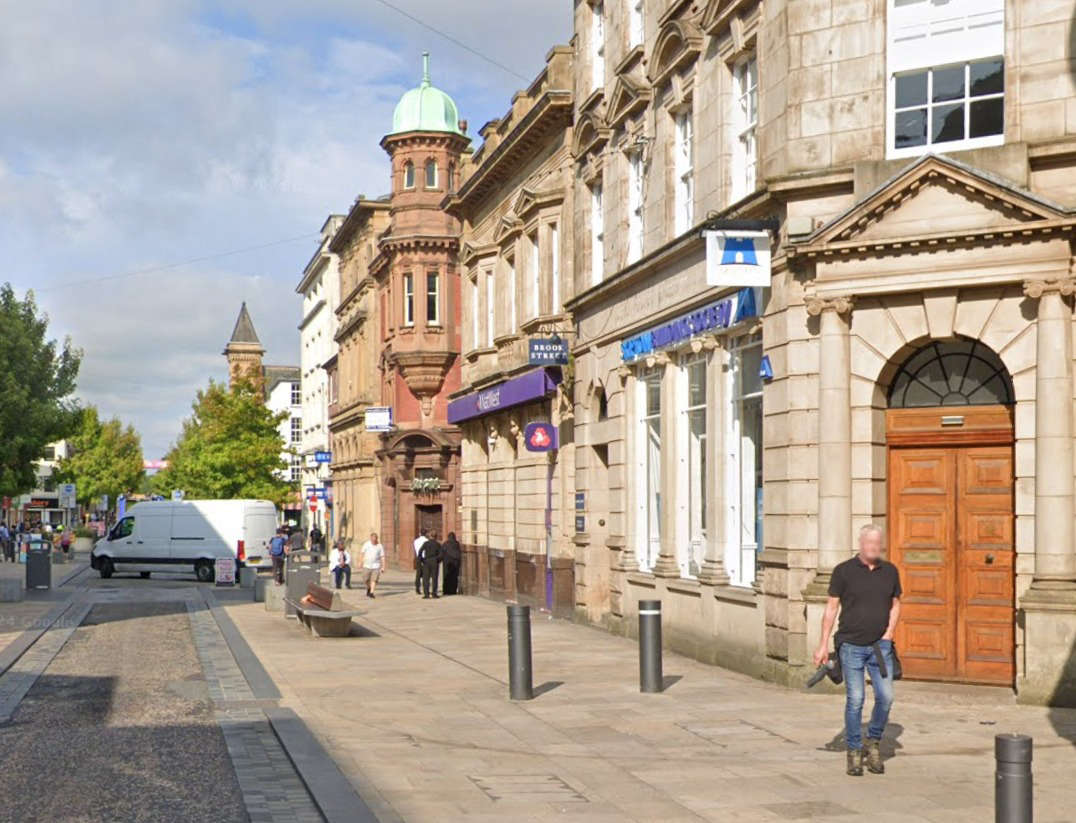
A series of digital display screens could be set to light up across Preston city centre – complete with a lifesaving piece of kit.
Plans have been lodged for five so-called ‘communication hubs’, featuring video advertising space on one side and – on the other – services including device charging, free WiFi and a public phone that makes complimentary calls to landlines.
The 2.6-metre-tall installations would also incorporate defibrillator machines, used to restart a person’s heart after a cardiac arrest.
The multi-functional facilities have been proposed for three locations on Fishergate – one outside The Vapor Room, opposite Fishergate Shopping Centre, another in front of Tessuti, close to the junction with Cannon Street, and a third outside the Skipton Building Society, near Chapel Walks – along with spots on Church Street, outside Miller Arcade, and Lancaster Road, in front of the Guild Hall.
All bar the first and last suggested sites in that list sit in designated conservation areas, but In Focus Public Networks Ltd., the company behind the plans, says it has sought to locate the units “sensitively”.
Documents submitted to Preston City Council planners state that the “available pavement widths are generous and circulation space sufficient” to accommodate the hubs without “harming the safe and efficient operation of the footway”.
The communication side of the units – which are each described as being a “slender” 30cm deep – is activated via a 32” touchscreen. Other features on offer include direct emergency service line access, interactive mapping and local news feeds. Meanwhile, a touchpad is positioned one metre from the ground in order to provide easy access for wheelchair users.
The advertising screen would be able to display both static and moving content and would be programmed to refresh no more than every 10 seconds. While mainly intended for commercial messages, it could also be used for community information and safety advice – and would be switched off between midnight and 6am.
The defibrillator attached to each hub would be maintained by the applicant, with instructions about how to use it being displayed on screen in various languages. Local training sessions would also be arranged, paid for by income from the commercial displays.
According to the planning application, survival rates from a cardiac arrest are 70 percent if a defibrillator is used within five minutes – with every minute of delay reducing the chance of an individual’s recovery by up to 10 percent.
The firm portrays the portals as modern versions of the traditional phone box, the latter being “ill equipped to keep pace with the…digital environment”.
It adds: “[Our] aim is to develop [street] furniture that makes a positive contribution to the public realm through design, innovation and functionality.
“The use and application of modern digital technology can promote inclusivity and harness the potential to keep communities connected, whilst supporting the retail functions that benefit residents, visitors and businesses.”
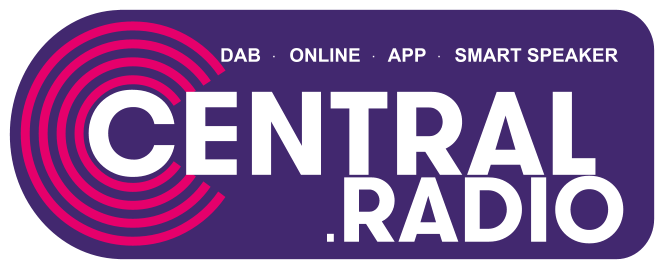
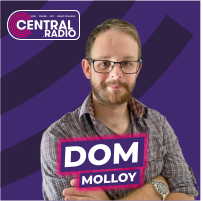

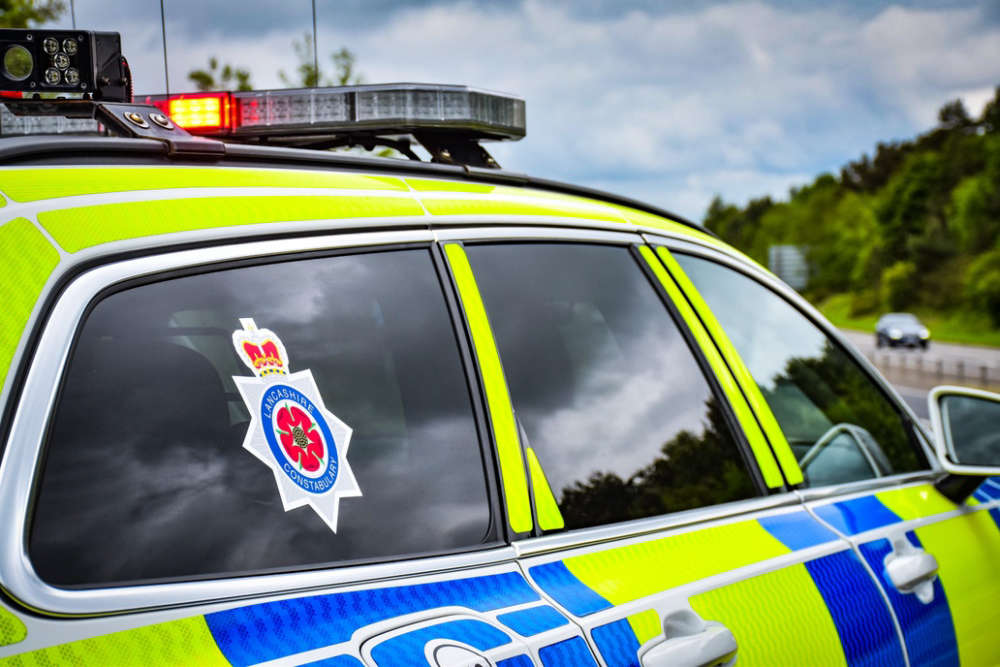 Motorcyclist dies after collision in Chorley
Motorcyclist dies after collision in Chorley
 Man jailed for attempting to kill police officer at Preston station
Man jailed for attempting to kill police officer at Preston station
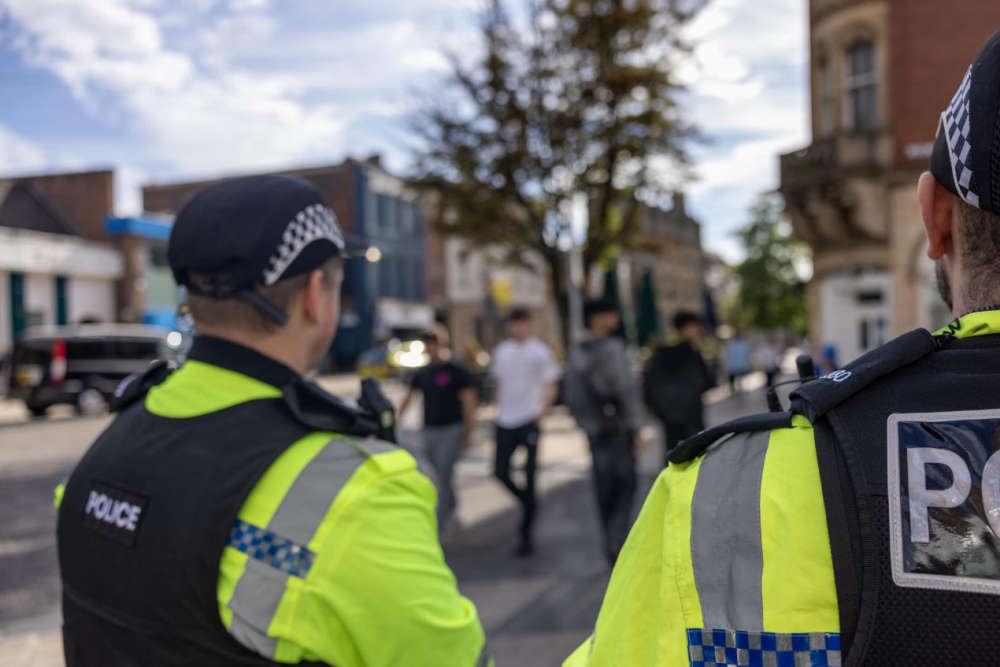 Intensive day of action tackles community issues in Preston City Centre
Intensive day of action tackles community issues in Preston City Centre
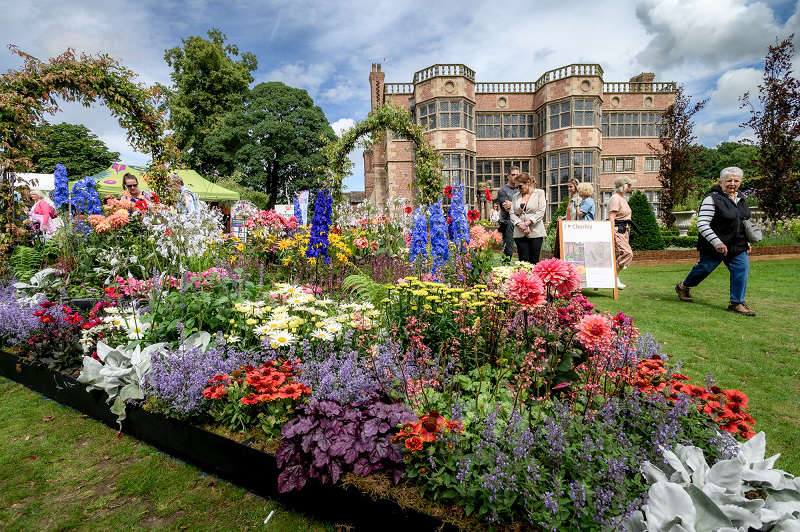 Get your green fingers on early bird tickets for Chorley Flower Show
Get your green fingers on early bird tickets for Chorley Flower Show
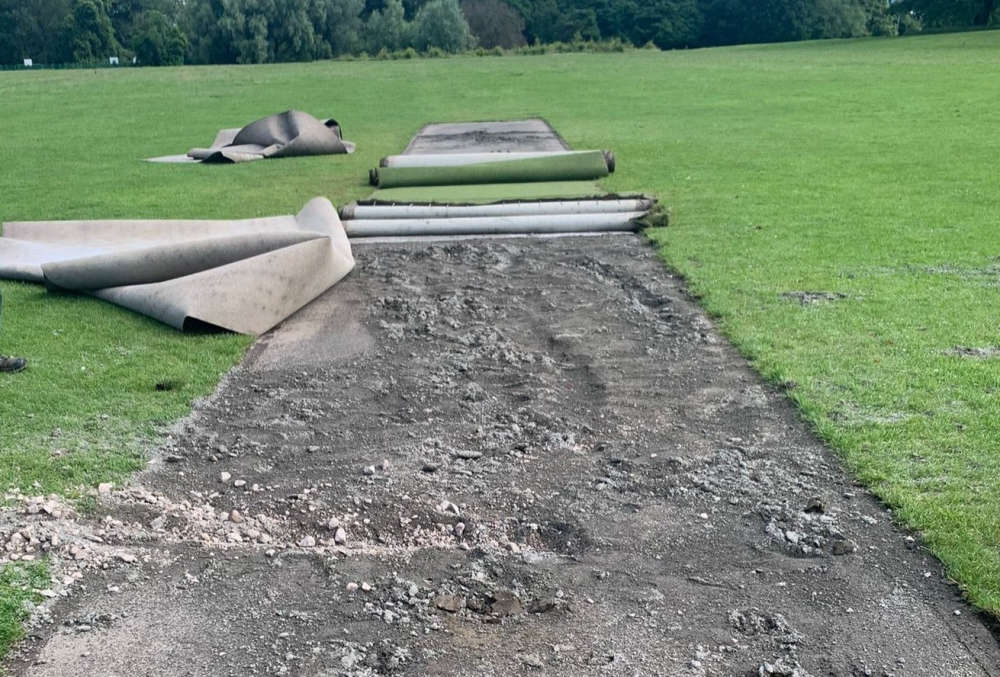 Cricket pitch funding approved
Cricket pitch funding approved
 Concern for missing Preston man also wanted on recall to prison
Concern for missing Preston man also wanted on recall to prison
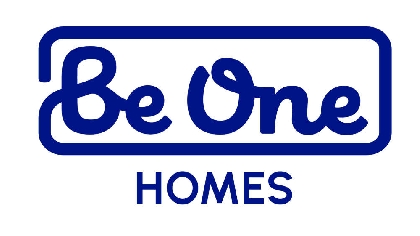 Rebrand for 19,000 home social landlord includes controversial name change
Rebrand for 19,000 home social landlord includes controversial name change
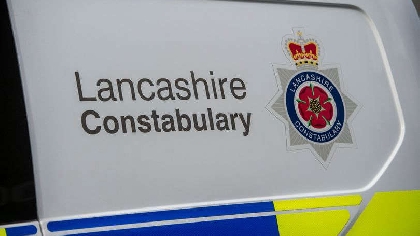 Body found in search for missing man
Body found in search for missing man




